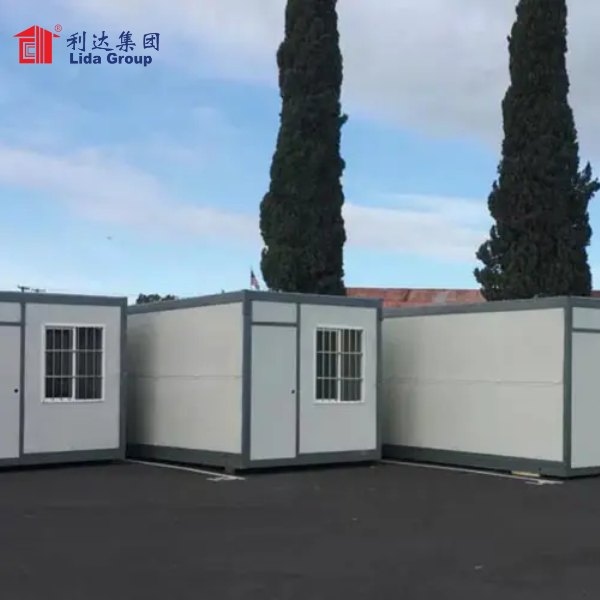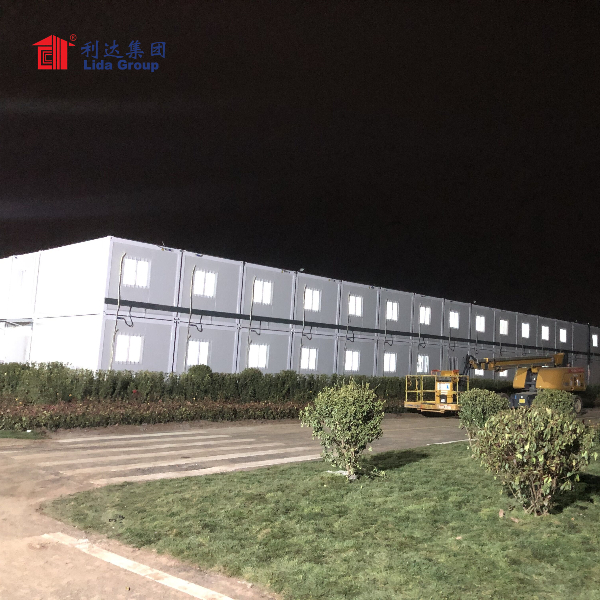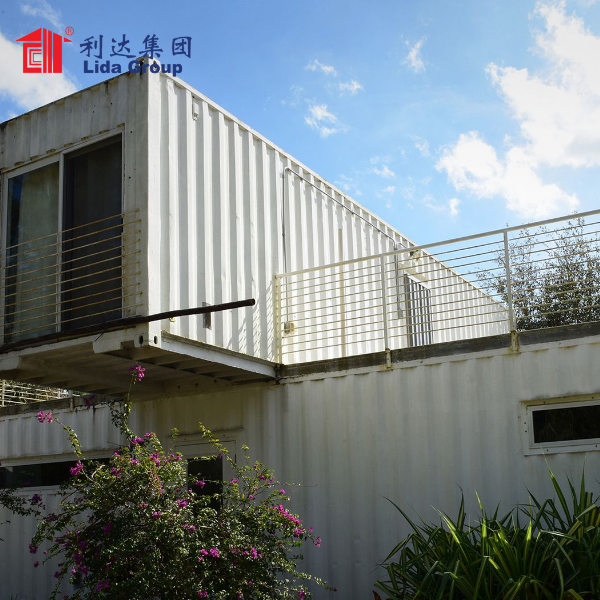Introduction:
In the face of climate change and environmental concerns, sustainable living has become a global priority. The housing industry, in particular, plays a significant role in carbon emissions and resource consumption. Lida Group, a leading provider of innovative housing solutions, is actively addressing these challenges with their container houses. By repurposing shipping containers and incorporating eco-friendly features, Lida Group’s container houses are making a significant impact in reducing carbon footprints. In this article, we will explore how Lida Group’s container houses are leading the way in sustainable living, one home at a time.
- The Environmental Impact of Traditional Housing:
1.1 Carbon Emissions:
Traditional housing construction methods contribute to significant carbon emissions. The production of construction materials, transportation, and energy-intensive building processes all contribute to greenhouse gas emissions, exacerbating climate change.
1.2 Resource Depletion:
The construction industry is a major consumer of natural resources, including timber, concrete, and steel. The extraction and processing of these materials deplete finite resources and contribute to environmental degradation.
1.3 Waste Generation:
Traditional construction generates substantial waste, including excess construction materials and demolition debris. This waste often ends up in landfills, contributing to pollution and further resource depletion.
- Lida Group’s Container Houses: A Sustainable Solution:
2.1 Repurposing Shipping Containers:
Lida Group’s container houses involve the repurposing of shipping containers, giving them a new lease on life. By utilizing existing structures, the need for additional raw materials is significantly reduced, minimizing the strain on natural resources.
2.2 Energy Efficiency:
Container houses can be designed to maximize energy efficiency. Lida Group incorporates insulation, energy-efficient windows, and renewable energy systems, such as solar panels, to reduce energy consumption and reliance on fossil fuels.
2.3 Reduction of Construction Waste:
The use of shipping containers significantly reduces construction waste compared to traditional housing construction. By repurposing these containers, Lida Group minimizes the need for new materials and reduces the amount of waste generated during the construction process.
2.4 Modular and Expandable Design:
Container houses offer a modular and expandable design, allowing homeowners to easily add or remove modules as needed. This flexibility reduces the need for new construction, enables efficient use of space, and accommodates changing housing needs without extensive renovations.
- Advantages of Lida Group’s Container Houses:
3.1 Cost-Effectiveness:
Container houses provide a cost-effective alternative to traditional housing options. The use of repurposed shipping containers significantly reduces construction costs, making sustainable living more accessible to a wider range of individuals and communities.
3.2 Durability and Structural Integrity:
Shipping containers are designed to withstand harsh conditions and transportation. As a result, container houses offer durability and structural integrity, ensuring long-term stability and reducing the need for frequent maintenance and repairs.
3.3 Customization and Aesthetics:
Lida Group’s container houses can be customized to meet individual preferences and design aesthetics. The versatility of container structures allows for various floor plans, interior designs, and exterior finishes, providing homeowners with a personalized and visually appealing living space.
3.4 Portability and Mobility:
Container houses offer portability and mobility, allowing homeowners to relocate their homes if needed. This feature is particularly valuable for those who desire a flexible and mobile lifestyle, such as digital nomads or individuals in temporary housing situations.
- Applications and Case Studies:
4.1 Affordable Housing:
Container houses are an ideal solution for affordable housing initiatives. Lida Group’s container house designs offer a cost-effective option for individuals and families with limited financial resources, addressing the challenge of housing affordability.
4.2 Emergency and Disaster Relief:
Container houses can be quickly deployed for emergency and disaster relief efforts. Their portability, ease of assembly, and durability make them suitable for providing temporary shelter to those affected by natural disasters or humanitarian crises.
4.3 Sustainable Communities:
Lida Group’s container houses can be used to develop sustainable communities. By incorporating eco-friendly features and utilizing renewable energy, these communities promote sustainable living practices and inspire residents to reduce their carbon footprints.
4.4 Commercial and Non-Residential Uses:
Container structures are not limited to residential applications. Lida Group’s container houses can be adapted for commercial purposes, such as offices, retail spaces, and community centers, further expanding their environmental impact.
- Overcoming Challenges and Future Outlook:
5.1 Building Codes and Regulations:
One challenge in the widespread adoption of container houses is navigating building codes and regulations. Collaborations between container manufacturers, architects, and regulatory bodies are essential to establish guidelines that ensure safety and quality standards for container-based construction.
5.2 Public Awareness and Perception:
Educating the public about the benefits and sustainability of container houses is crucial for wider acceptance. Promoting successful case studies, showcasing the aesthetic appeal of container houses, and debunking misconceptions can help change public perception and encourage more individuals to embrace this housing solution.
5.3 Technological Advancements:
Continued technological advancements will further enhance the sustainability and efficiency of container houses. Innovations in insulation, renewable energy systems, and smart home technologies can improve energy efficiency, reduce reliance on external resources, and enhance the overall living experience.
5.4 Collaboration and Partnerships:
Collaborations between industry stakeholders, including architects, builders, policymakers, and manufacturers, are vital for advancing the adoption of container houses. By working together, these stakeholders can develop standardized practices, share knowledge, and drive innovation in sustainable housing.
- Conclusion:
Lida Group‘s container houses are leading the way in reducing carbon footprints and promoting sustainable living. By repurposing shipping containers, incorporating energy-efficient features, and offering cost-effective housing solutions, Lida Group is reshaping the housing industry. Container houses not only minimize resource consumption and waste generation but also provide comfortable, customizable, and aesthetically pleasing homes. As we strive to build a more sustainable future, Lida Group’s container houses are playing a vital role in reducing environmental impact, one home at a time. With ongoing advancements and increased awareness, container houses have the potential to transform the way we live, creating a more sustainable and resilient world for generations to come.
Post time: Sep-19-2023



